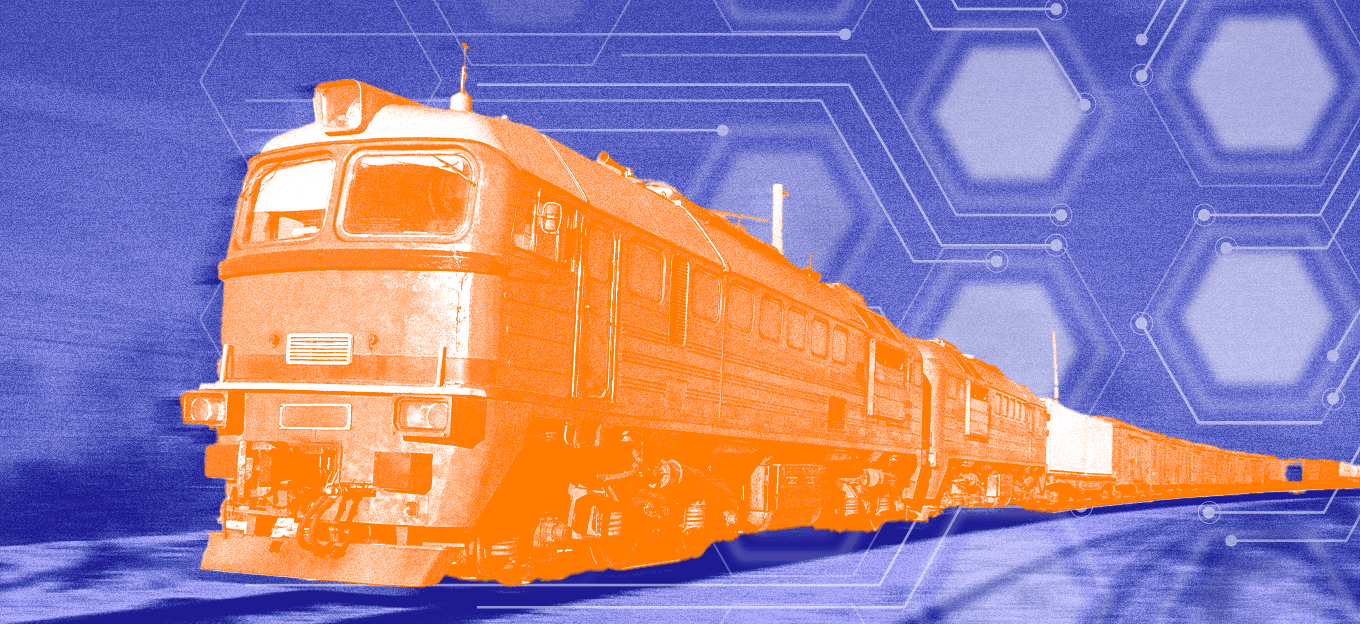How IoT Helps Solve Rural Emergency Response Issues
How IoT Helps Solve Rural Emergency Response Issues
- Last Updated: February 17, 2025
Zac Amos
- Last Updated: February 17, 2025



Rural areas are disadvantaged when emergencies happen, and when catastrophes are severe, the suffering is prolonged.
Many factors affect the efficiency of emergency responses. Rural communities are often spread out over large areas, residents usually have to travel long distances to access health care, and even the hospitals in these regions may have inadequate resources.
These characteristics leave communities highly vulnerable to natural disasters, accidents, and medical emergencies as responders cannot reach affected individuals quickly. Fortunately, the Internet of Things (IoT) may hold the solution to addressing these inefficiencies.
1. Upgraded Disaster Monitoring
Numerous remote regions suffer from floods, wildfires, and storms, which can cause catastrophic harm long before responders can take action. IoT solutions can help anticipate and monitor these disasters, giving responders more time to prepare.
One of IoT’s most significant contributions to rural emergency response is the development of flood monitoring systems. An estimated 1.81 billion people worldwide face flood risk, with rural regions bearing a disproportionate burden.
Saudi Arabian startups like Sadeem Technology use IoT sensors to track roadway water levels and generate real-time flood maps on city streets and sidewalks, even during periods of high traffic.
When flooding occurs, alerts can be sent via various communication channels, such as SMS and email. Emergency personnel can receive this data and enhance their response strategies. This gives them critical time to evacuate residents, divert rescue vehicles from hazardous regions, and send flood alerts in rural areas that are vulnerable to flooding.
2. Improved Communication Networks
There’s a significant gap in communication resources between the urban and rural communities — only 65% of rural populations have access to high-speed internet, while 97% of those in urban areas do. Standard networks may even be nonexistent or unstable, making communication more difficult. Fortunately, this disparity is being addressed by IoT technologies by developing more robust emergency response communication networks.
Equipment such as satellites, radio frequency identification systems, and mesh networks allow emergency teams to communicate with one another even when traditional communication infrastructure fails. Thanks to these alternative communication methods, responders may coordinate their efforts more effectively and offer relief in rural areas where the internet and cell towers may be scarce.
3. Search and Rescue Operations
The U.S. Federal Emergency Management Agency reports that around 360 people are killed annually by earthquakes, with over 6,000 others sustaining injuries. Earthquakes and landslides pose a significant risk to rural areas, often even more so than urban areas, due to poor infrastructure.
When disasters strike, traditional search and rescue efforts often face difficulties due to inaccessible terrain and the inability to locate victims quickly. Nonetheless, IoT technology has made search and rescue efforts more effective.
For example, Lumineye, a U.S.-based startup, uses wall-sensing radar technology to detect moving and breathing persons under debris, walls, and other obstructions. This radar's ability to detect even the faintest signs of life can help respondents save valuable time and rescue more people in remote areas.
4. Remote Health Monitoring
Rural areas face a shortage of medical professionals and facilities. Their distance from city centers and the sprawling size of most regions make it difficult to provide timely medical assistance when needed. IoT-based solutions can help patch this gap by improving the speed of medical response.
As of 2021, 83.7 million Americans live in an area with a shortage of primary-care health professionals. This shortage can exacerbate existing barriers to accessing health care. IoT solutions like MyResQR offer a platform that stores critical medical information, such as allergies and medical history, and can trigger emergency response services like ambulances or roadside assistance.
In rural areas, where medical facilities may be far away, and medical professionals are sparse, such systems ensure emergency medical responders have immediate access to essential information and are quickly notified should emergencies occur.
5. Emergency Alerts and Notifications
Rural regions lack immediate access to emergency alerts and notifications, especially during natural disasters or accidents. With IoT-enabled alert systems, residents can receive timely notifications about potential threats so they can respond before it’s too late.
In 2022 alone, 66,255 wildfires occurred in the U.S., burning over 7 million acres of land. Fires in rural areas often cause more damage and higher death rates than in urban regions. IoT devices can help minimize this risk by directly sending real-time notifications about approaching storms, fires, or accidents to mobile phones or local radio systems.
By using sensors that detect changes in the environment — such as unusual temperatures, smoke, or rising water levels — these devices can trigger automatic alerts sent to emergency responders and community members alike.
IoT Empowers Rural Resilience
Emergency response has long been hampered in rural areas due to distance, limited resources, and poor infrastructure. Fortunately, IoT is changing the narrative.
IoT technologies are making emergency services more effective and responsive, from better search and rescue and catastrophe monitoring to faster medical response times and community engagement. As these technologies develop further, they will enhance the security and welfare of rural populations worldwide.
By embracing IoT in emergency response efforts, rural areas can tackle existing challenges and build more resilient communities that are better prepared to face future emergencies.
The Most Comprehensive IoT Newsletter for Enterprises
Showcasing the highest-quality content, resources, news, and insights from the world of the Internet of Things. Subscribe to remain informed and up-to-date.
New Podcast Episode

What is Software-Defined Connectivity?
Related Articles


